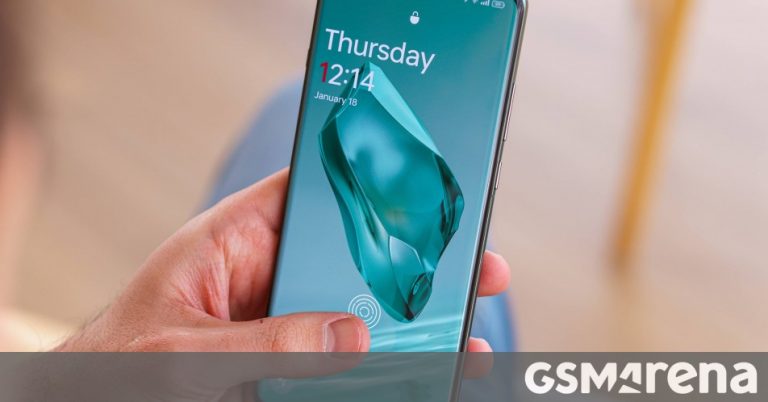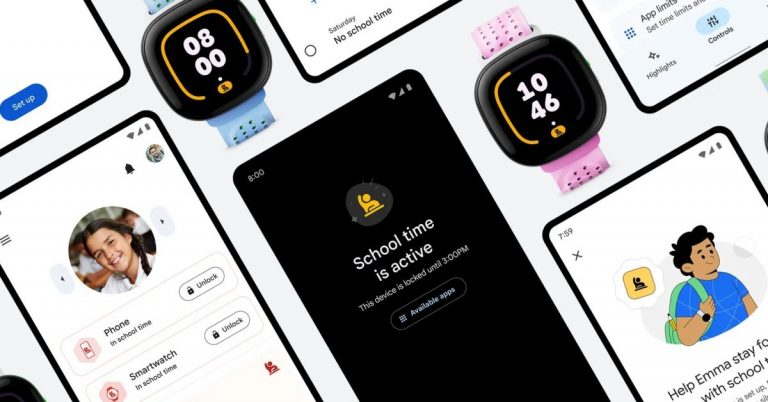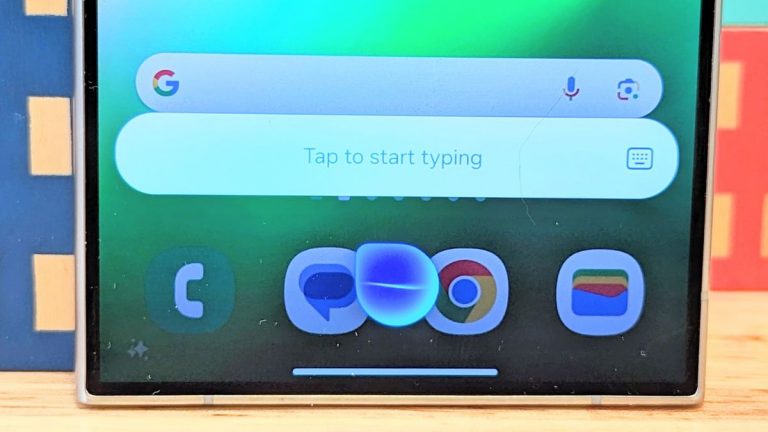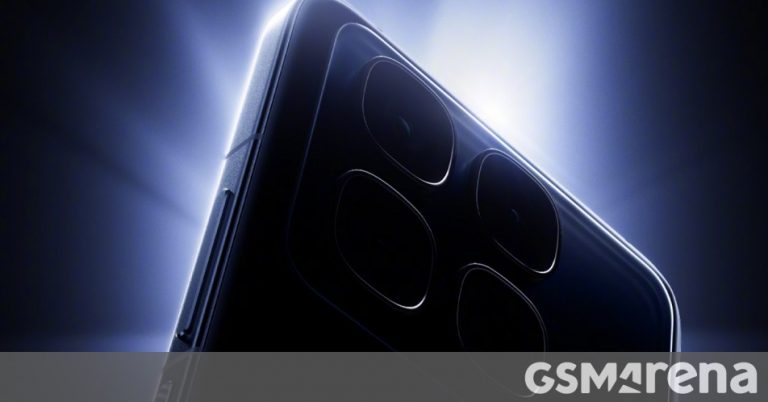Unbeatable Precision: Why Apple’s AI-Powered Photo Editing Fails to Match Google and Samsung’s Magic

The Photo Editing Dilemma: A Tale of Two Approaches
In the era of AI-powered photo editing, the question of what constitutes a photo has become increasingly relevant. With the rise of "deep fakes" and the ability to seamlessly insert objects into images, photo editing is evolving at a rapid pace, leaving many to wonder what the future holds.
As Apple prepares to launch its suite of AI-powered tools, including a new photo-editing feature called Clean Up, the differing approaches of tech companies are becoming clear. On one side, Google’s AI editing tools allow for mind-boggling transformations, such as adding lava lakes or transforming buildings into spaceships. On the other, Apple’s more humble approach focuses on removing objects from images, like a water bottle.
In an interview with The Wall Street Journal, Apple Senior Vice President of Software Engineering, Craig Federighi, discussed the company’s approach to AI. He emphasized, "We help provide accurate information, not fantasy." When asked about the Water Bottle feature, which can remove unwanted objects from images, Federighi explained, "Even the ability to remove that water bottle, there were lots of debates internally. ‘Do we want to make it easy to remove that water bottle or that mic? Because that water bottle was there when you took the photo. The demand for people who want to clean up what seemed like extraneous details to the photo that don’t fundamentally change the meaning of what happened has been very, very high. And so, you know, we were willing to take that small step.’"
Federighi went on to explain that Apple is constantly considering the impact these AI features can have on reality, and limits the extent to which users can alter images. "We are concerned that there’s a great history to photography and how people view photographic content as something they can rely on is indicative of reality."
A Different Approach
Apple’s approach to AI is distinct from that of other companies. One way they’re doing this is by including any edits made to a photo with Apple Intelligence’s Clean Up in the Photos app metadata for that image. This is something I’ve discussed at length with an Android user colleague, wondering if this approach to understanding whether or not a photo has been AI-altered is unique to Apple or employed by Google and Samsung too. It turns out, Apple is one of the few smartphone companies taking this approach, with Google opting for changes in the metadata on Pixels, which isn’t as clear for end users.
As photo editing enters new and murkier waters, it’s crucial that these companies prioritize transparency and honesty. Apple’s approach is a step in the right direction, but more work needs to be done to ensure that our online experiences remain trustworthy and authentic.
Read More:
Sign up for breaking news, reviews, opinion, top tech deals, and more.
A Cautionary Tale
It’s not just photo editing where Apple has taken a thoughtful, if perhaps over-cautious approach. "When you look at experiences like Image Playground, we made sure that the images we were generating were not photorealistic," Federighi said. "Not because the underlying model couldn’t generate something photorealistic but because we never wanted someone to have any confusion about whether Joanna was really wearing that fuzzy hat?"
This insight into how Apple views AI-powered photo editing stands in stark contrast to Samsung’s claim, "There is no such thing as a real picture." Many have questioned Apple’s approach to AI, with the company taking its sweet time to introduce Apple Intelligence. Some feel that Apple is late to the party and playing catch-up, but time will tell if the company’s tailored approach goes down well with users or if its limited AI tools don’t quite scratch the same itch as the mind-bending, reality-altering approach of others.






